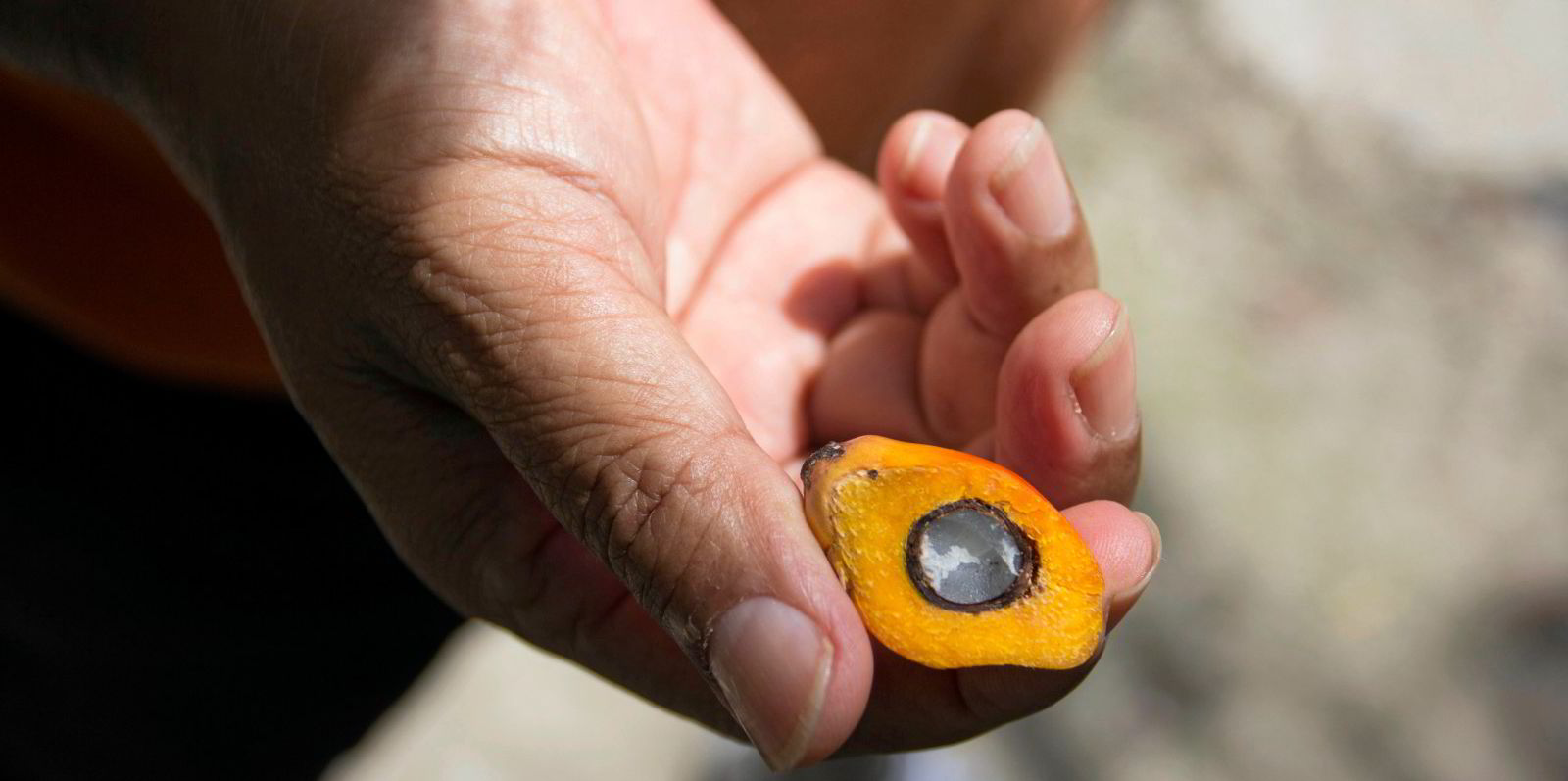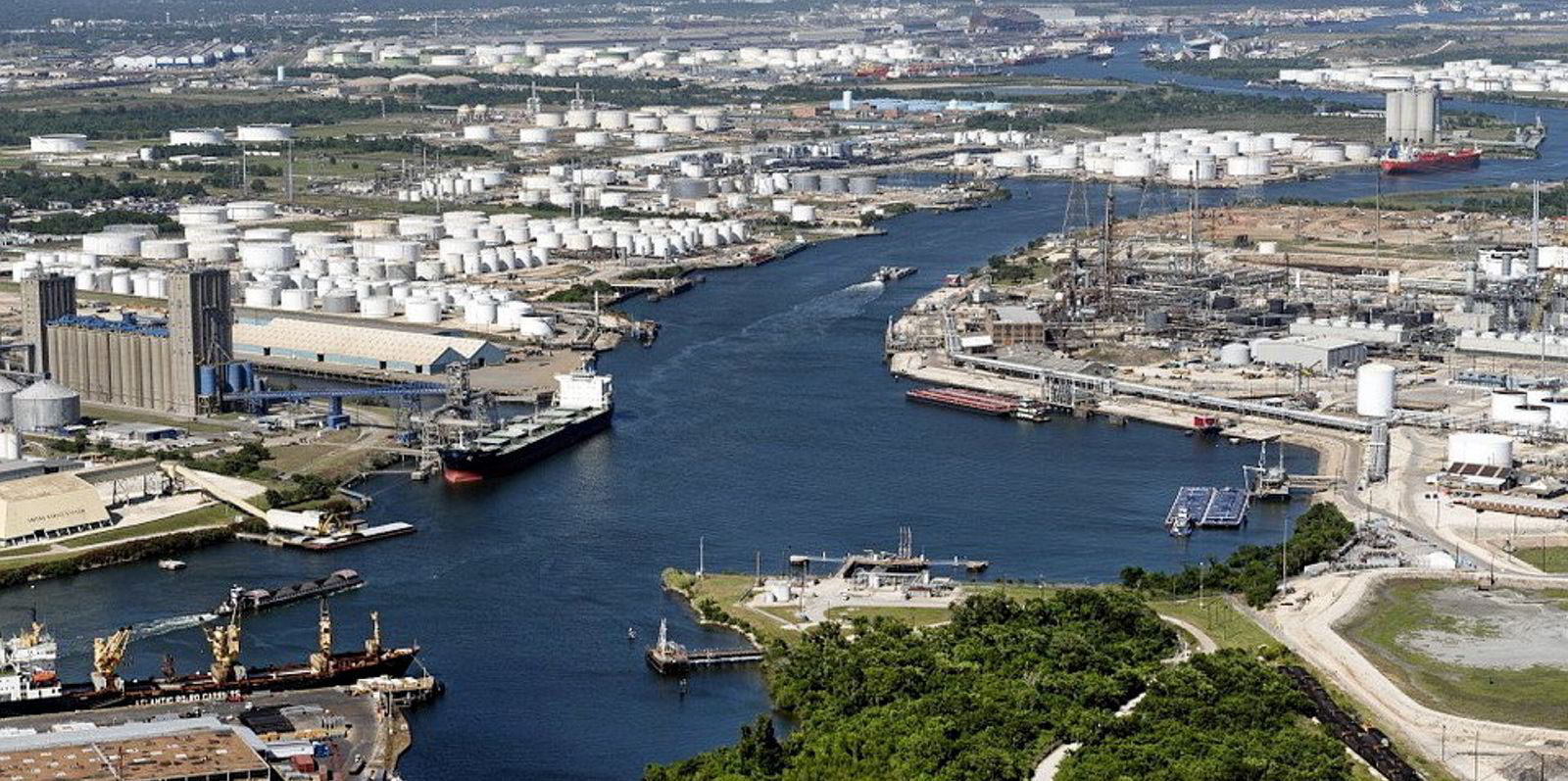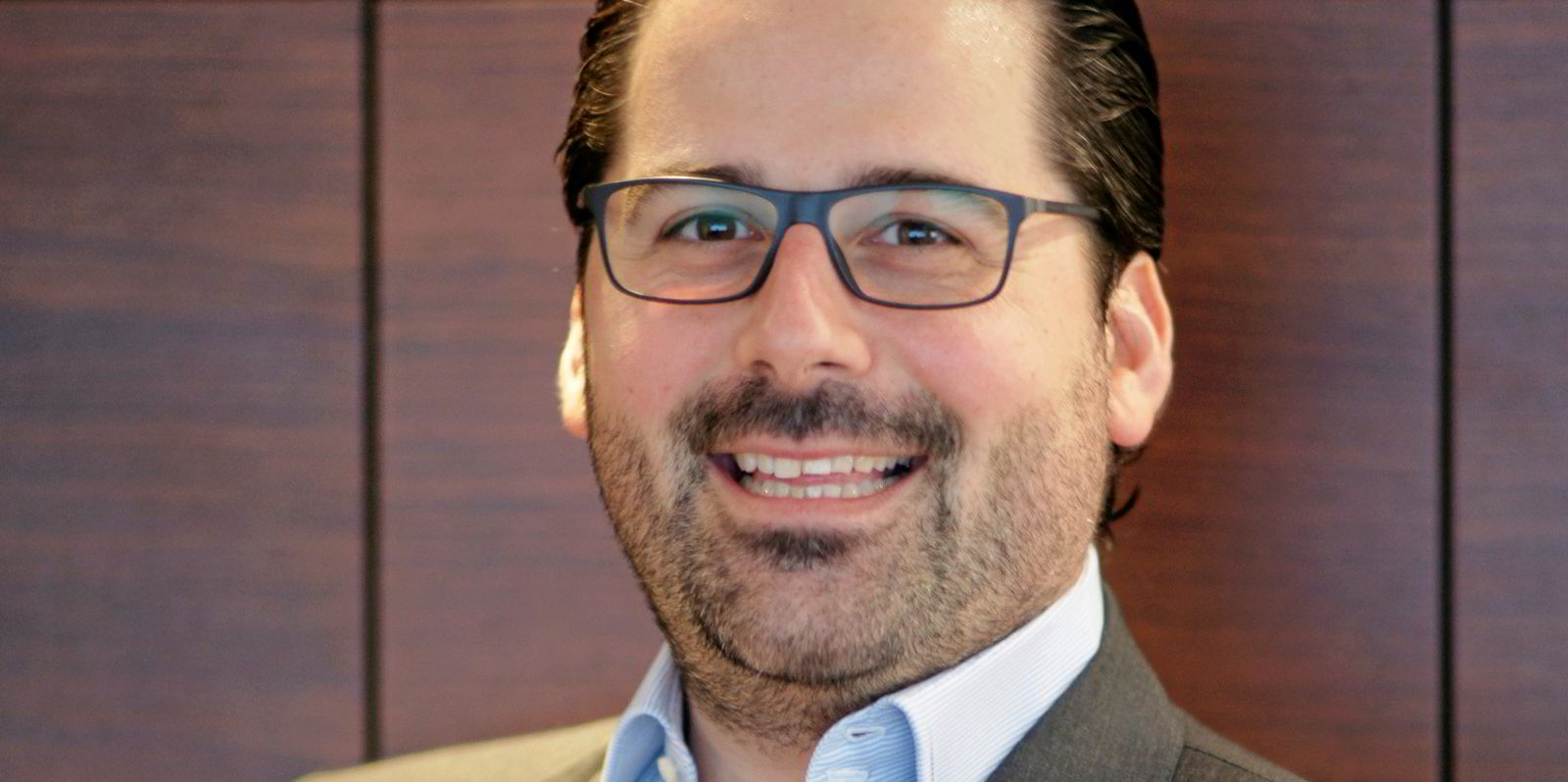Spot MR earnings in the east-of-Suez market have risen to their highest in more than a year, with tightening vessel supply across the region, market experts said.
The Baltic Exchange assessed the Pacific MR basket rate at $15,192 per day on Wednesday, a 14-month high. This compared with $2,999 per day on 2 August.
In contrast, the Atlantic basket rate has fallen by 58.4% this month to $4,070 per day.
Analysts attributed the quick gains in Asia to a tax policy change in Indonesia, more long-haul shipments, recovery in LR tanker earnings and rising Opec+ output.
“All things considered … our models suggest that [Pacific] MR2 hire rates should remain supported well above their lows seen earlier this year,” Alphatanker said in a research note.
Alphatanker has forecast MR earnings on the South Korea-Singapore route to reach $8,000 per day in the fourth quarter, up from a $1,611 per day in the second.
Spot MRs in the north-west Europe-US Atlantic coast trade are only expected to earn $5,000 per day between October and December.
Rising tonne-mile demand
With healthy naphtha flows from the Middle East to Asia, observers said MR tankers are facing less competition from LRs in recent weeks.
“The rise in MR rates in the region appears to be due to a combination of factors including some prompt replacements, a firmer LR market and a rise in long-haul MR voyages,” Kpler’s senior freight analyst Matthew Wright told TradeWinds.
“The increase in long-haul MR exports is perhaps the most interesting element.”
Cargo-tracking data shows Australia has hiked imports of refined products from other parts of Asia this year, following several refinery closures.
Wright added that more jet fuel cargoes are being shipped from East Asia to US West Coast lately as domestic travel demand in the US continues to grow.
The west coast is on track to import 5.29m barrels of aviation fuel in August, the highest monthly figure since Kpler started to compile data in 2017.
Indonesian and Middle Eastern support
Alphatanker said the MR market also received a temporary boost from palm-oil shippers that rushed to fix vessels to avoid paying more export tax in Indonesia.
“Considering that this hike will easily outstrip higher freight costs, this has seen several charterers willing to pay better-than-last-done rates to secure suitable tankers which can load before the higher tax comes into effect on 1 September,” Alphatanker said.

Moreover, Opec’s member states in the Middle East are also stating to ship out more refined products after raising crude production.
“Demand-wise we have seen in August a higher number of MR cargoes heading towards South East Asia — mainly Singapore, Indonesia, and Malaysia — from the Persian Gulf,” Vortexa freight analyst Ioannis Papadimitriou said.
Tonne-miles for small product tankers loading and discharging in the East of Suez have reached a 2021-high for the week ending on 15 August, underscoring the stronger freight rate environment, Papadimitriou added.
Supply worries
But analysts also warned the upside of MR rates in Asia could be curbed by increasing tonnage supply.
“An increasing number of MR tankers are ballasting from the west to the east of Suez to exploit better freight opportunities,” Papadimitriou said.
“We observe an increasing MR availability in Singapore, which could provide a cap for rates going forward.”
Figures from brokerage BRS suggested another 37 MR2 tankers are expected to be delivered from Asian yards later this year.
“We believe these deliveries will help to cap rate gains in the East,” Alphatanker said. “This could be more acutely felt in the palm-oil sector as these vessels are often used to lift palm oil on their maiden voyage.”
But Alphatanker researchers also said the impact could be partially mitigated by the rising number of MR2s being sent to scrapyards.
A total of 23 MR2s have been demolished so far this year, while another three have been sold for scrapping but are yet to be beached, according to their figures.
“We project that the pace of scrapping will be maintained over the remainder of 2021 with another 10 units likely to sold for scrap,” the researchers wrote.
“Despite this avalanche of newbuildings, MR2 fleet growth is slowing, which we believe will provide some general support [to the market].”






